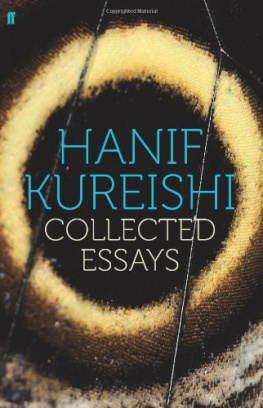HANIF KUREISHI
The Black Album
adapted for the stage by the author
Table of Contents
Newness in the World
AN INTRODUCTION TO
THE BLACK ALBUM THE PLAY
It was in the summer of 2008 that I suggested to Jatinder Verma that we attempt a theatrical dramatisation of my second novel, The Black Album . The Black Album was a novel I had begun to think about in 1991, not long after the publication of my first book, The Buddha of Suburbia . Unlike that story, which Id been trying to tell in numerous versions since I first decided to become a writer, aged fourteen, The Black Album was more or less contemporary, a state of Britain narrative not unlike those Id grown up watching, enthralled and excited, in the theatre, particularly the Royal Court, and on television. Around the time of its original publication in 1993, and after the BBC film of The Buddha of Suburbia , there had been talk of filming The Black Album . But instead of returning to something Id just written and was relieved to have done with, it seemed easier to write a new piece, with similar themes. This was My Son the Fanatic , a film set in the North, and shot in and around Halifax, starring Rachel Griffiths and Om Puri.
However, as the twentieth anniversary of the fatwa was approaching, and with The Black Album set in 198889 and concentrating on a small group of religious extremists, both Jatinder and I thought that my pre-7/7 novel might shed some light on some of the things which had happened since. Not that I had read the novel since writing it; and if I felt hesitant as I did to see it revived in another form, it was because I was anxious that in the present mood, after the bombings and atrocities, it might, in places, seem a little frivolous. But the young radical Muslims I came to know at the time did appear to me to be both serious and intelligent, as well as naive, impressionable and half mad, and my account of their activities and language reflected what I learned in mosques and colleges. The novel records the kind of debates they had. And it wasnt as though the subject of liberalism and its relation to extreme religion had gone away. It was debate, ideological confrontation and physical passion that Jatinder and I had in mind when we sat down to work on the translation from prose to play.
The novel, which has a thriller-like structure, is a sprawl of many scenes in numerous locations: foul pubs, a further education college, a mosque, clubs, parties, a boarding house, cafs, Deedees house and the street. As it was impossible in the theatre to retain this particular sense of late-eighties London, we had to create longer scenes and concentrate on the important and even dangerous arguments between the characters as they interrogated Islam, liberalism, consumer capitalism, as well as the place and meaning of liter a ture and the way in which it might represent criticism of religion. The first draft was too much like a film and would have been unwieldy to stage. Jatinder reminded me that we had to be ruthless. He also reminded me, with his persistence and imagination, how much Ive learned about editing from the film and theatre directors Ive worked with. If we were to create big parts for actors in scenes set in small rooms, we needed to turn prose into fervent talk, having the conversation carry the piece.
We had to ensure the actors had sufficient material to see their parts clearly. Each scene had to be shaped. The piece had to work for those who hadnt read the book. It was this we worked on over a number of drafts, and it was the usual business of writing: cutting, condensing, expanding, developing, putting in jokes and trying material in different places until the story moved forward naturally. I was particularly keen to keep the humour and banter of students and their often adolescent attitudes, particularly towards sexuality. This was, after all, one of their most significant terrors: that the excitement the West offered would not only be too much for them, but for everyone.
The fatwa against Salman Rushdie in February 1989 had re-ignited my concern about the rise of Islamic radicalism, something I had become aware of while in Pakistan in 1982, where I was writing My Beautiful Laundrette . But for me that wasnt the whole story. Much else of interest was happening around the end of the eighties: the music of Prince; the collapse of Communism and the velvet revolution; the rise of the new dance music along with the use of a revelatory new drug, Ecstasy; Tiananmen Square; Madonnausing Catholic imagery in Like a Prayer ; and post-modernism, mash-ups and the celebration of hybridity of exchange and creative contamination which is partly the subject of The Satanic Verses . This was also the period, or so I like to think, when Britain became aware that it was changing, or, in effect, had already changed from a monocultural to a multi-racial society, and had realised, at last, that there was no going back. This wasnt a mere confrontation with simple racism, the kind of thing Id grown up with, which was usually referred to as the colour problem. (When I was a young man it was taken for granted that to be Black or Asian was to be inferior to the white man.
And not for any particular reason. It was just the case: a fact.) No, it was much more. Almost blindly, in the post-war period, a revolutionary, unprecedented social experiment had been taking place in Britain. The project was to turn out of the end of the Empire and on the basis of mass immigration a predominantly white society into a racially mixed one, thus forming a new notion of what Britain was and would become. And now was the time for this to be evaluated. The fatwa in 1989, and the debate and arguments it stimulated, seemed to make this clear.
Was it not significant that many of these discussions were about language? The Iranian condemnation of a writer had, after all, been aimed at his words. What, then, was the relation between free speech and respect? What could and could not be said in a liberal society? How would different groups in this new society relate or rather, speak to one another? How far could they go? What were the limits? The coercive force of language was something I had long been aware of. As a mixed-race child growing up in a white suburb, the debased language used about immigrants and their families had helped fix and limit my identity. My early attempts to write now seem like an attempt to undo this stasis, to create a more fluid and complicated self through storytelling. One of the uses of literature is that it will enable individuals to enlarge their sense of self their vocabulary, the store of ideas they use to think about themselves. In the 1970s, many of us became aware, via the scrutiny of the gay, feminist and Black movements, of the power that language exerted.
If the country was to change excluding fewer people so did the discourse, and why not? Language, which implicitly carried numerous meanings, developed all the time through creative use and misuse; if it was never still it could be revised, coaxed in other directions. There were terms applied to certain groups which were reductive, stupid, humiliating, oppressive. (Children, of course, are described constantly by their parents in ways which are both narrowing and liberating and they have a good idea of what it is to live in an authoritarian world. It wasnt for nothing that I had been fascinated in my late teens by Wittgensteins apothegm, The meaning of a word is its use.) If there was to be better speaking, the language had to be policed in some way, the bad words being replaced by the good. This, of course, became known as political correctness, where language was forced to follow a usually lefist political line. Inevitably there was a backlash, as this form of political control seemed not only harsh and censorious but sometimes ludicrous and irrelevant.
Next page

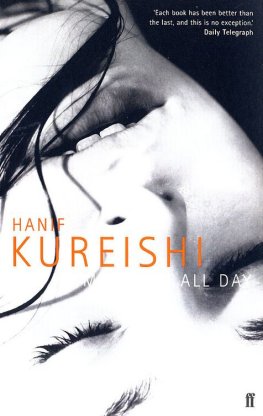
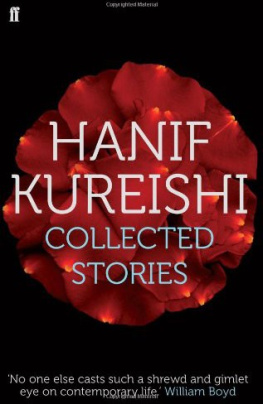
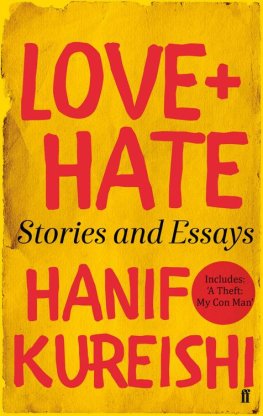
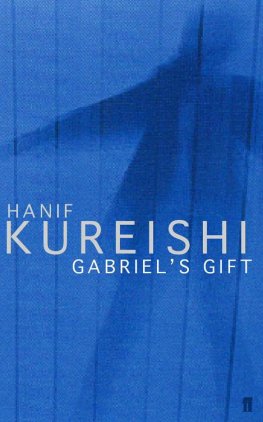
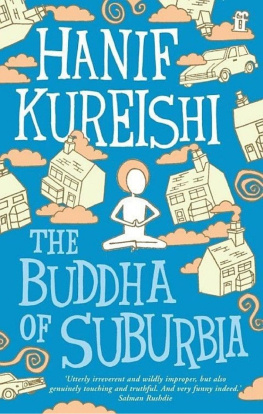
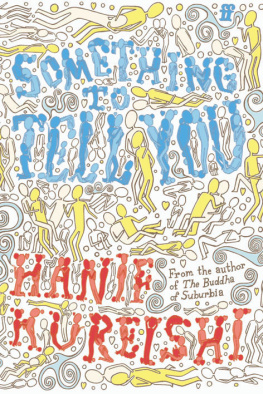

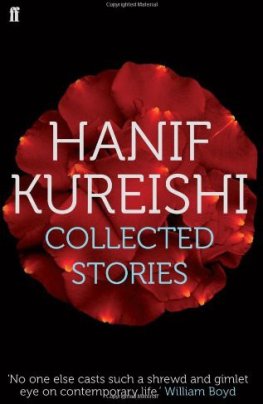
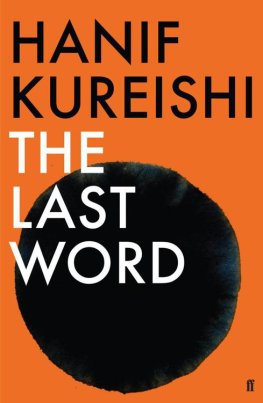
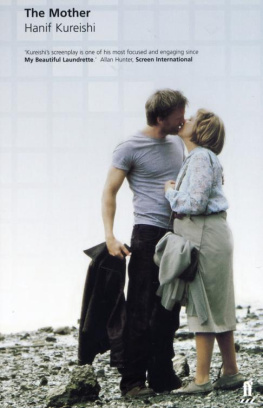
![Hanif Kureishi [Hanif Kureishi] - What Happened?](/uploads/posts/book/141306/thumbs/hanif-kureishi-hanif-kureishi-what-happened.jpg)
